练习 Exercises
- 分角色朗读课文 Role-play the dialogues.
- 根据实际情况回答问题 Answer the questions according to the actual situations.
- 你会说汉语吗?Nǐ huì shuō Hànyǔ ma?
- 你会写汉字吗?Nǐ huì xiě Hànzì ma?
- 你会做中国菜吗?Nǐ huì zuò Zhōngguó cài ma?
- 你有汉语名字吗?Nǐ yǒu Hànyǔ míngzi ma?
- 你会写你的汉语名字吗?Nǐ huì xiě nǐ de Hànyǔ míngzi ma?
- 用本课新学的语言点和词语描述图片 Describe the pictures using the newly-learned language points and words.

Wǒmen dōu huì
我们 都 会________。
Zhōngguó cài hěn
中国 菜 很________。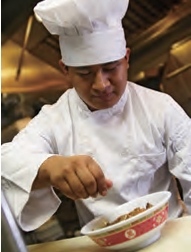
Tā huì zuò
他 会 做________。
Zhège Hànzì wǒ huì
这个 汉字 我 会________,
bú huì
不会________。
汉字
Characters汉字的笔画(6):𠃋、㇂、㇀
Strokes of Chinese Characters (6): 𠃋, ㇂, ㇀| 笔画名称 Stroke | 运笔方向 Direction | 例字 Example Characters |
|---|---|---|
| 撇折 piězhé left – falling to turning |
 |
么 me a suffix 东 dōng east |
| 斜钩 xié gōu slanting hook |
 |
我 wǒ I, me 钱 qián money |
| 提 tí rising |
 |
我 wǒ I, me 打 dǎ to beat, to hit |
2 认识独体字 Single-Component Characters
1 “东”,太阳升起的一边,意思与 “西” 相对。
“东 (east)” is where the sun rises. It’s opposite to “西 (west)” in meaning.
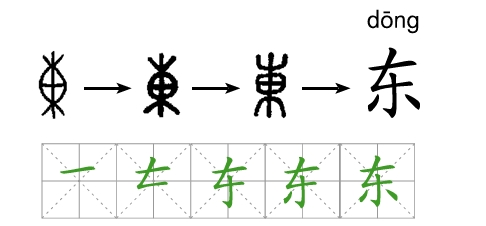
| 东 |
2 “我”,字形像一种有许多利齿的武器,现在演变成代词。
The character “我” originally looked like a weapon with sharp, pointed edges. Now it is a personal pronoun.
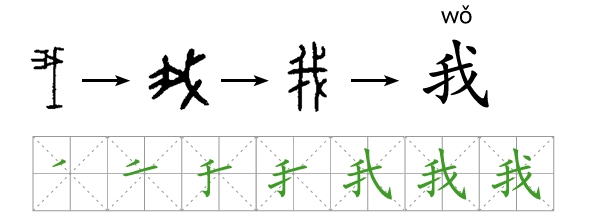
| 我 |
3 “西”,字形像鸟巢的形状,现在表示方位,与 “东” 相对。
“西” was originally shaped like a bird’s nest. Now it means “west”, opposite to “东 (east)”.

| 西 |
3 汉字结构(1):独体结构与合体结构
Structure of Chinese Characters (1): single-component and compound
汉字的结构基本有两种,只由一个部分构成的汉字结构叫作 “独体结构”,比如,“人”;由两个或者两个以上部分构成的汉字结构叫作 “合体结构”,比如 “你”。
Basically Chinese characters fall into two types of structures: the single-component structure and the compound structure. The former has only one component, for example, “人”; while the latter is made up of two or more components, for example, “你”.
| 结构 Structure | 例字 Example Characters | 图解 Illustrations |
|---|---|---|
| 独体结构 single | 人 rén human 我 wǒ I, me 中 zhōng middle |
人 我 中 |
| 合体结构 compound | 你 nǐ (singular) you 做 zuò to do |
你 做 |
运用 Application
1 双人活动 Pair Work
两人一组,根据实际情况进行问答练习。
Work in pairs and ask and answer questions according to the actual situations.
例如:A: Nǐ huì shuō Hànyǔ ma?
A: 你 会 说 汉语 吗?
B: Wǒ……
B: 我……
A: Nǐ huì xiě Hànzì ma?
A: 你 会 写 汉字 吗?
B: Wǒ……
B: 我……
A: Nǐ de Hànyǔ míngzì jiào shénme?
A: 你 的 汉语 名字 叫 什么?
B: Wǒ de……
B: 我 的……
A: Nǐ huì xiě nǐ de Hànyǔ míngzì ma?
A: 你 会 写 你的 汉语 名字 吗?
B: ……
2 小组活动 Group Work
3 – 4人一组,互相询问所掌握的言语技能并记录,每组请一位同学报告情况。
Work in groups of 3 – 4. Ask about each other’s language skills and take notes. Each group chooses one member to make a report.
补充生词:英语、法语、日语
Supplementary words: English, French, Japanese






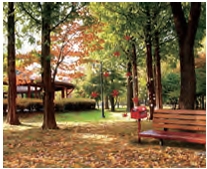

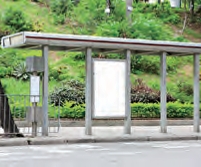
Comments